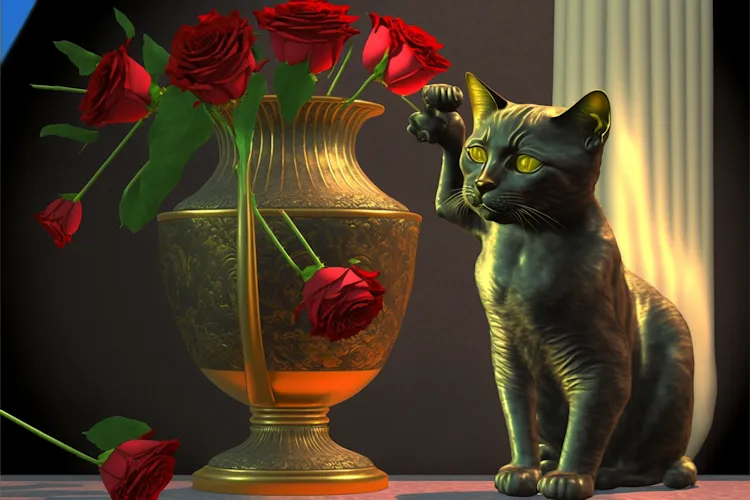
I’m continuing my exploration of art styles through the ages. Here’s another seven styles. I started exploring them to understand some more about them and to see what they produce when added to AI generative prompts. All the images in these posts have been generated by the same prompt with the only change being adding the art style.
Rococo
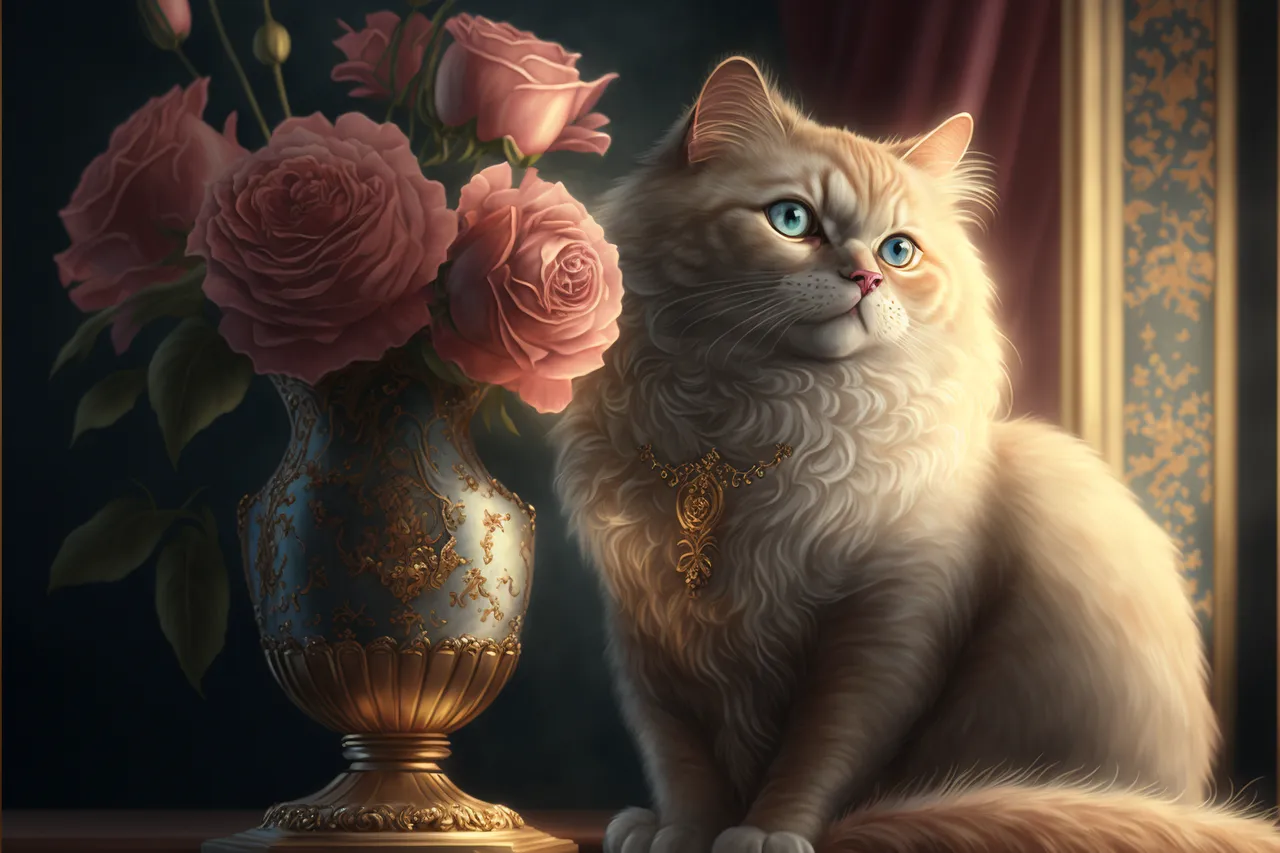
The Rococo art style emerged in early 18th century France. It featured an ornate, delicate, and playful aesthetic and was known for its use of pastel colors, asymmetrical compositions, and curving forms.
Often used with themes of love, romance, leisure, and scenes of everyday life, such as musical gatherings, picnics, and love affairs.
Rococo was a reaction to the grandeur and formality of the preceding Baroque style. It was a way of making art more intimate, personal, and decorative. It was particularly popular among the French aristocracy, and it was often used to decorate the interiors of their palaces and homes.
Rococo had an influence on art styles like Neoclassicism and Romanticism and an impact on architecture, interior design and furniture making.
Gothic
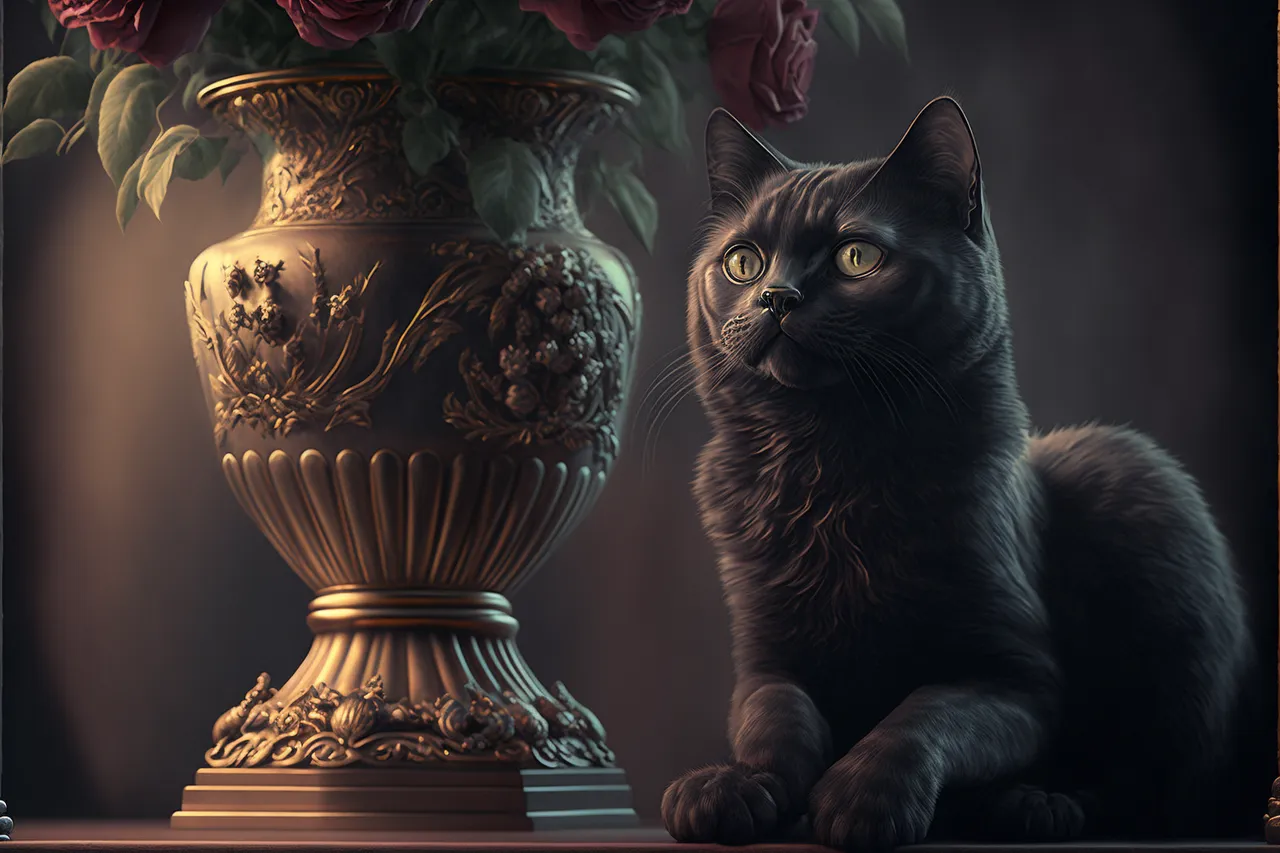
Gothic art emerged in the 12th century and continued through the 16th century. It was an ornate and highly decorative style which made use of intricate patterns and symbolic imagery.
The art style was often associated with the Gothic architectural style used in churches and cathedrals. The Gothic art era was divided into three phases:
- Early Gothic (1140-1250)
- High Gothic (1250-1350)
- Late Gothic (1350-1550)
Early Gothic artworks were characterized by simplicity and elegance with a focus on the spiritual. Their use of light and color created a sense of otherworldliness.
High Gothic artworks were more ornate and decorated, with an emphasis on the use of intricate patterns and symbolic imagery.
Late Gothic artworks were more realistic, with an emphasis on the use of naturalism, and light and shadow to create a sense of depth and realism.
The Gothic style had a significant impact on the art world. It a range of other art movements and styles, including Renaissance art, Baroque art, and the Pre-Raphaelites. It expanded the way art is experienced, and opened up new possibilities for art forms, by using art as a way to express spiritual and religious themes.
Gothic pushed the boundaries of traditional art and how it can be used to create a sense of otherworldliness and transcendence.
Northern Renaissance

Northern Renaissance art style emerged in Europe during the 15th and 16th centuries following the Renaissance period which had emerged in Italy. The Northern Renaissance art shared some similarities with Renaissance art, but had its own distinct characteristics.
Northern Renaissance art made use of rich colors and detailed, highly realistic depictions of the natural world. Its artists were skilled creating lifelike representations of people, animals, and landscapes often using oil paints. The oils allowed them to create highly detailed and realistic works, with a great sense of depth, luminosity and texture. There was a greater emphasis on the individual artistic styles.
Many of the works of this era were symbolic and religious, with a strong emphasis on Christian themes, such as the lives of saints and the depictions of the Crucifixion.
Printmaking for mass production of art helped to spread artistic ideas and innovations throughout Europe, and had a significant impact on the development of art in other regions.
Mannerism
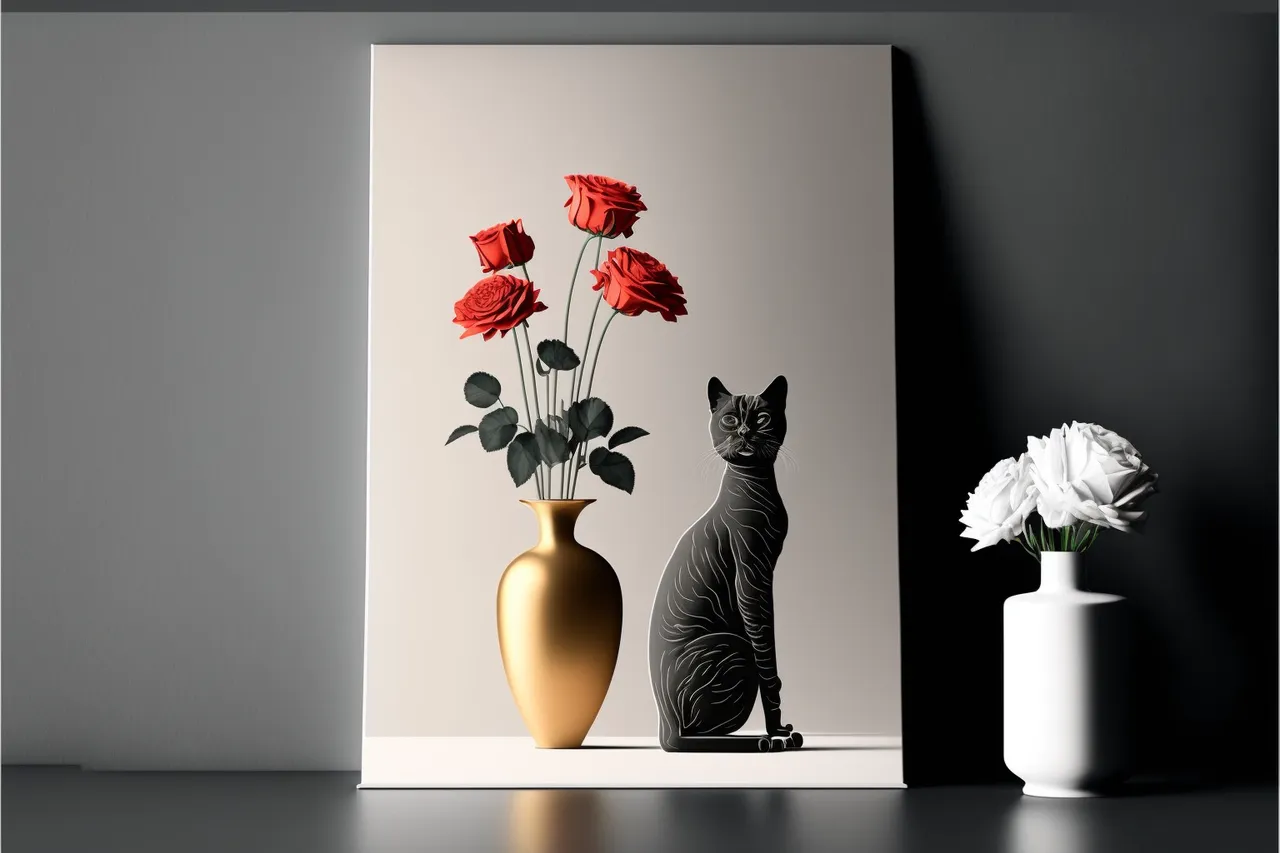
Mannerism art emerged in the late 16th century with its use of elongated and unnatural forms, as well as unexpected and dissonant colors to create a sense of tension and unease in their works.
Mannerist artists often sought to shock and surprise their viewers using complex and unconventional compositions. Figures were often arranged in distorted and asymmetrical poses.
Mannerism emerged as a reaction to the harmony and balance of the preceding Renaissance style and was a way of making art that was more expressive and emotional. It was particularly popular in Italy, but it spread to other parts of Europe, like France and the Netherlands.
Mannerism influenced Baroque and later movements like Rococo and Neoclassicism. It also had an impact on architecture, and music.
Pre-Raphaelite
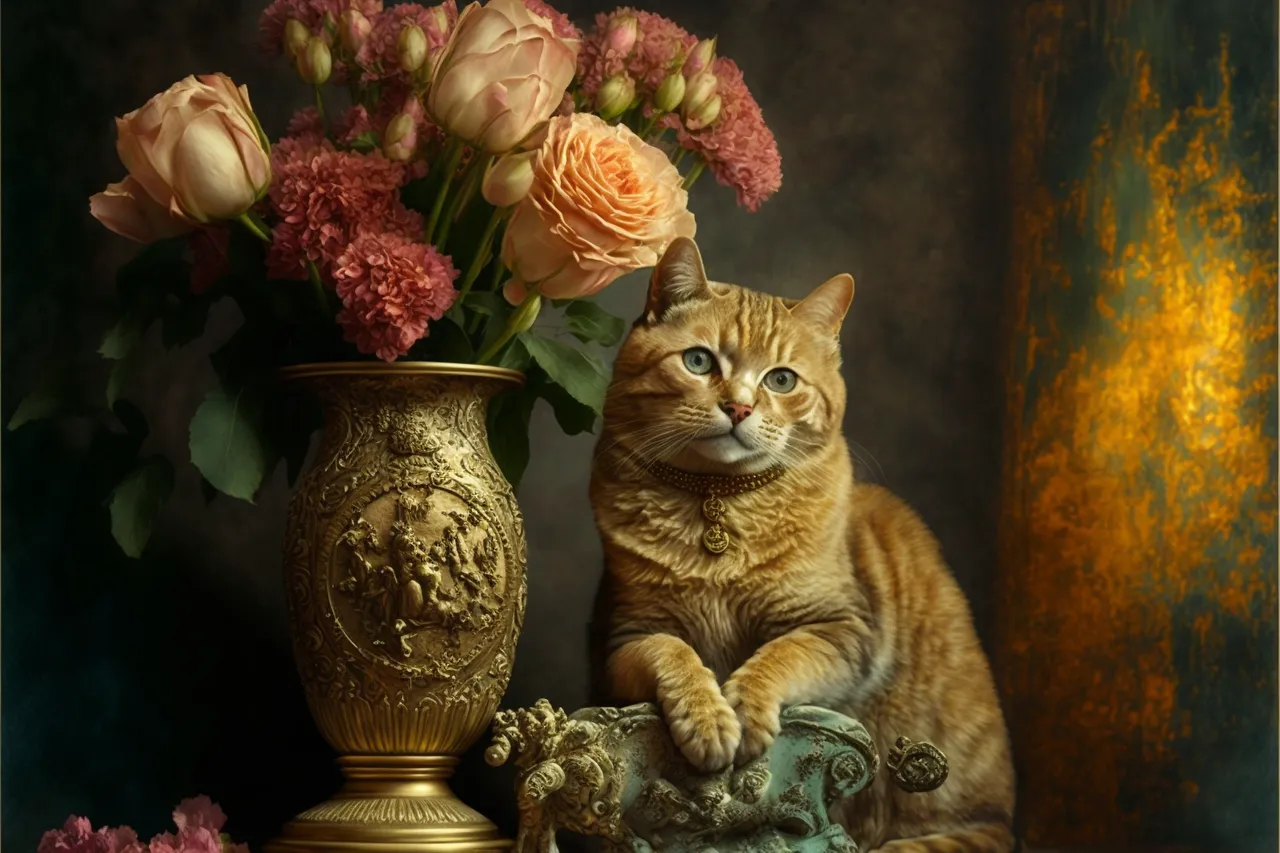
Pre-Raphaelite art emerged in the mid-19th century England. The Pre-Raphaelite Brotherhood, was a group of artists and poets, formed in 1848 to break away from the academic art of the day and return to the simplicity, naturalism, and intense colors the Renaissance period.
The artists used bright colors, detailed realism, and a focus on medieval and literary themes. Many of their works depict scenes from mythology, the Bible, medieval literature, detailed and lifelike representations of nature and people.
Many of the produced works often depicted strong and independent women, often in historical or literary contexts, which was a departure from the typical representation of women as passive and submissive in the Victorian art.
Pre-Raphaelite influenced the Aesthetic Movement and the Arts and Crafts Movement. This period had an influence on illustration, design, and fashion.
Dada
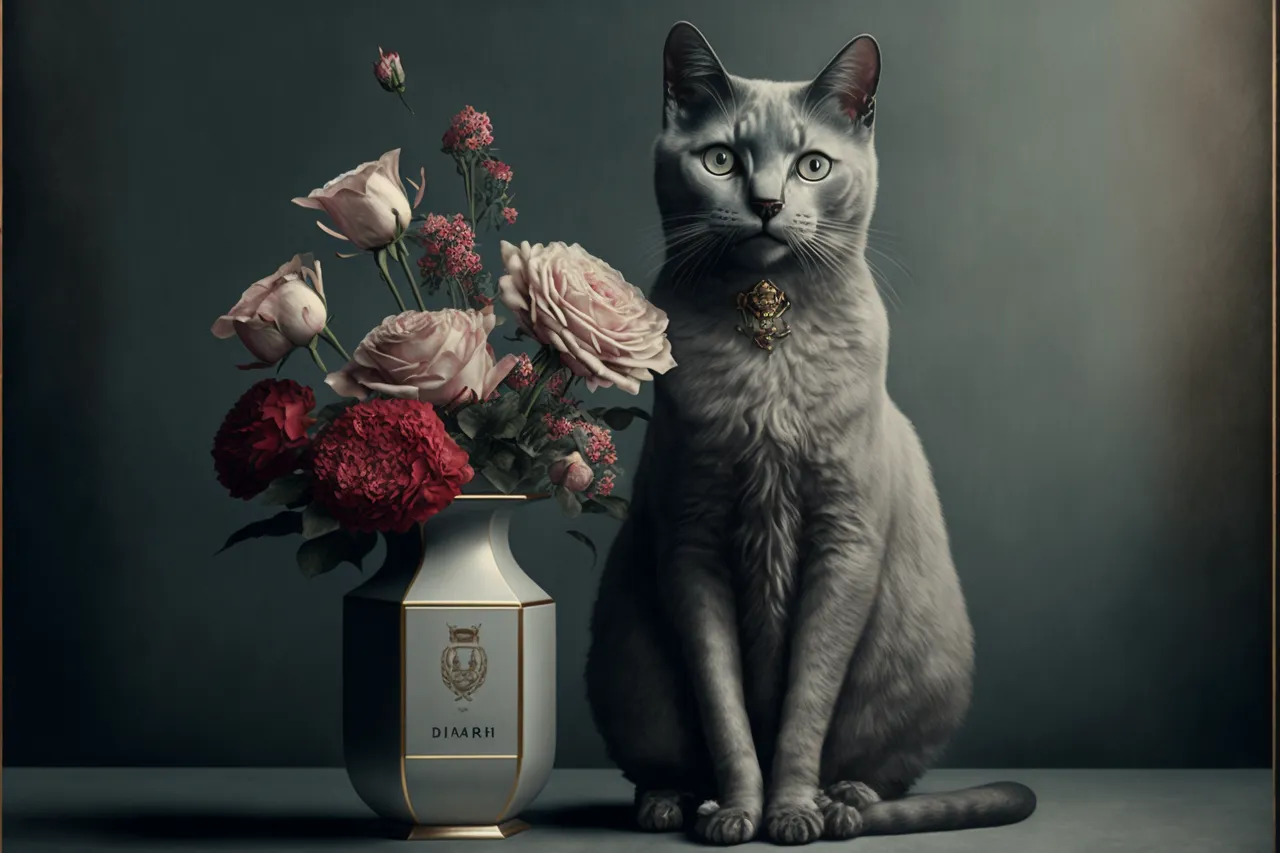
The Dada art style emerged in the early 20th century in response to the devastation of WW1. The art took on an anti-establishment stance, use of unconventional materials and techniques, and its emphasis on the irrational and the absurd.
Dada artists sought to challenge the traditional ideas about art and society. To question the role of the artist in the modern world. They used their art to make political and social commentary.
Dada artists used collage, photomontage, found objects, chance and randomness in their works to create works that could turn out disorienting, confusing, humourous or satirical. They sought to challenge traditional notions of beauty and aesthetics.
Dada had an influence on Surrealism, Pop Art, and Conceptual Art and an impact on literature, music and performance art.
Abstract Impressionism
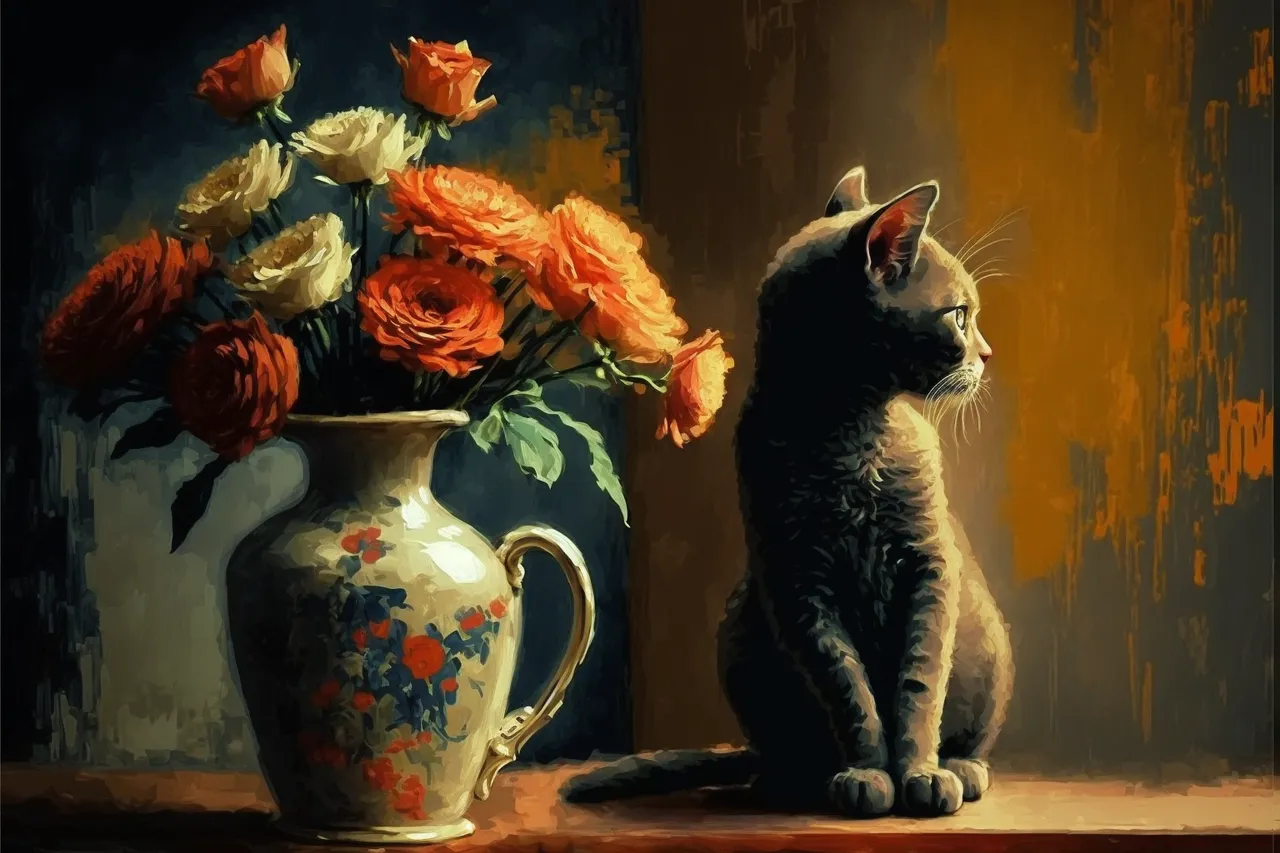
Abstract Impressionism emerged in the mid-20th century. It's characterized by abstract forms and bold, expressive brushstrokes to create a sense of movement and energy through the use of color and brushwork, rather than representation of specific objects or figures. Artists often used techniques such as dripping and pouring to create their works
Abstract Impressionism is an offshoot of Impressionism which began in the late 19th centurey and focused on the use of light and color to create an impression of the modern world. It influenced Action painting, Color field painting, and later movements like minimalism and conceptual art.
——————-
There are seventeen more styles to share with you, so a couple more posts.
To catch the rest of the series, check out: Part 1, Part 2, and Part 3

————————————
Shadowspub writes on a variety of subjects as she pursues her passion for learning. She also writes on other platforms and enjoys creating books you use like journals, notebooks, coloring books etc.
NOTE: unless otherwise stated, all images are the author’s

How to Connect With ShadowsPub:
Twitter: @shadowspub
Instagram: shadowspublishing
Medium: @shadowspublishing
Publishing Website: Shadows Publishing
Nicheless Website: Nicheless & Loving It
(podcast, subscriptions for: Prompt A Day, PYPT Reminder & Newsletter)
Pimp Your Post Thursday (PYPT): join us on the DreemPort Discord12pm EST Thursdays
—————————————-
Get eyes on your content and meet new friends. Join DreemPort.
